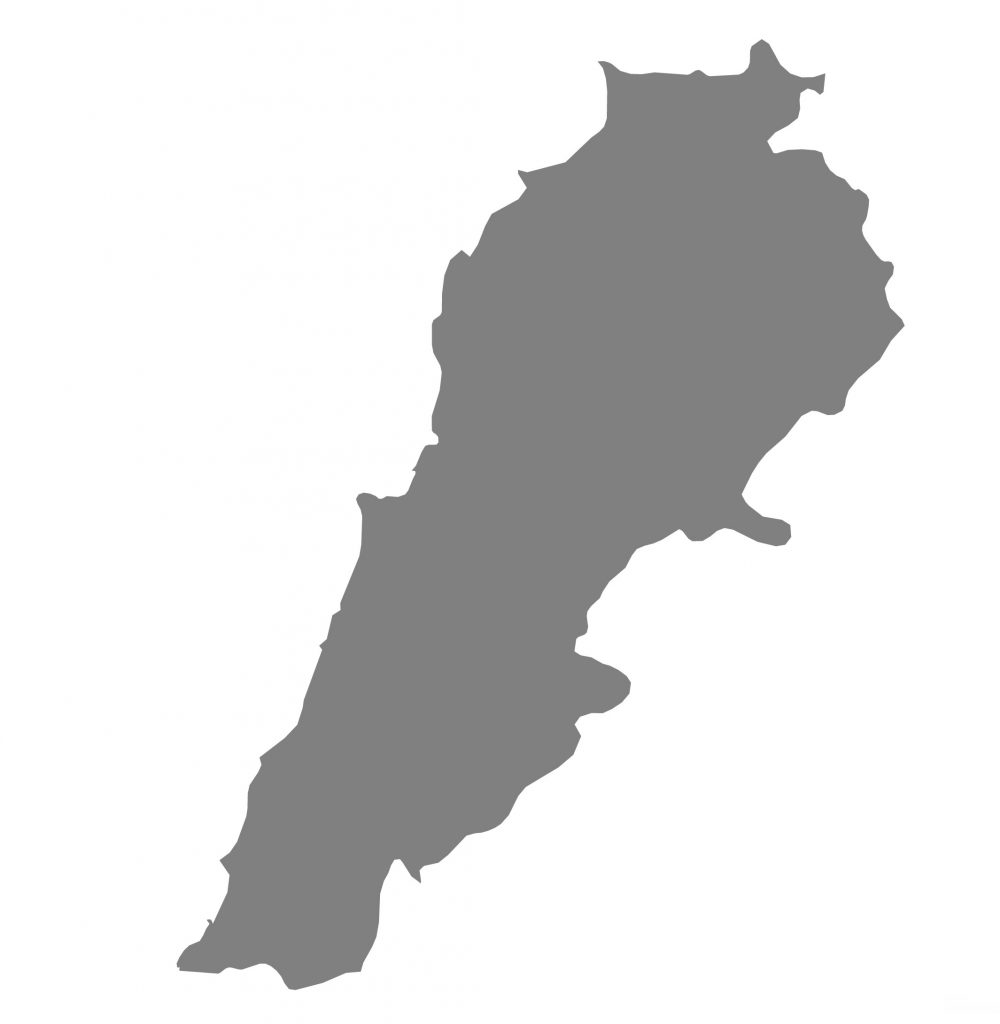
Shia Community in Lebanon: History

The emergence of Shia community in Lebanon can be traced back to the 7th century AD and the first Arab conquests. Their numbers were very limited and they were mainly concentrated in the Kessrouan region, a Maronite population center today.
Immigration:
Shia immigration would remain important in the following centuries as these minority populations of the Arab world would find refuge from Sunni domination in the mountainous regions of Lebanon. When the Mamelouks took control of Syria, one of their main military expeditions was directed against the Shia population of Kessrouan which prompted the latter to seek refuge in Baalbeck, the Bekaa Valley, and Jabal Amel in the south of Lebanon. This persecution would not end as it continued with the reign of the Druze Emir Fakhr El Din II who encouraged Maronite peasants to populate Shia territorial enclaves.
Ottoman Empire:
With the arrival of the Sunni Ottoman Empire in 1516, Christians and Jews were recognized as different religious communities but the Shia population in Lebonan did not receive the privilege of being recognized as a different and legitimate madhab, or rite; they were classified as part of the whole Muslim society. It was during that time that the Shia community of Lebanon fostered close ties with Shia in Iran.
The importance of Shiism continued to grow little by little and in 1923, being the main rulers in Lebonan, the French authorities recognized the rights of the Shia Ulama (religious leaders) to institute tribunals, and the Shia madhab was recognized. In 1926, the Shia leadership was able to obtain a decree from the French governor.
When the Ottoman Empire fell in 1918, the Shia community of Lebanon represented at least 17% of the population. The majority of this Shia population in Lebanon was rural and occupied the poorest land. They were ruled by a few rich land-owning families.
Taken from: The social development strategy of the shiites in Lebanon
By: Serge R. Akl, Florida International University